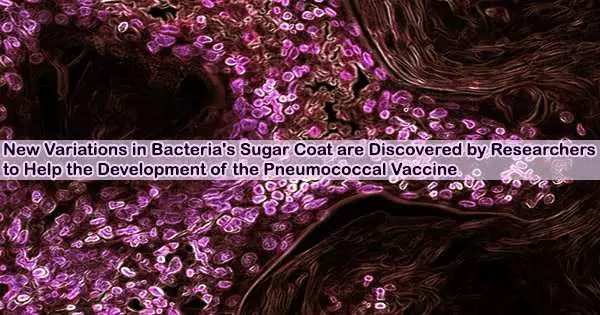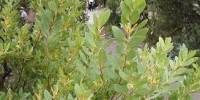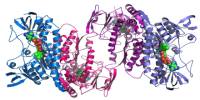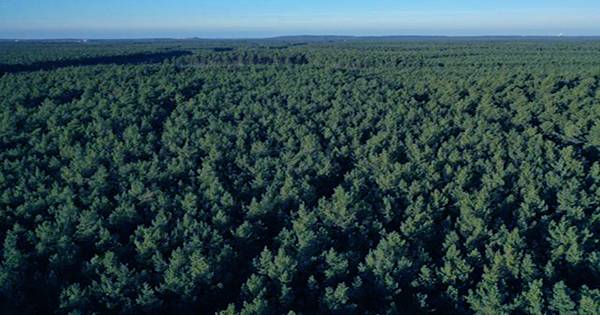The “sugar coat” of bacteria refers to the outer layer of complex carbohydrates that surround some bacterial cells. This layer is also known as the bacterial capsule or glycocalyx. Some bacteria have a thick and well-defined capsule, while others have a more diffuse layer of sugars.
Many disease-causing bacteria like Streptococcus pneumoniae (S. pneumoniae) are encased in a sugar layer called the capsular polysaccharide (CPS). This layer is often essential for infections.
Researchers from the National University of Singapore (NUS Medicine)’s Yong Loo Lin School of Medicine made a groundbreaking finding about the characteristics of the CPS that aid the bacteria’s colonization of the human respiratory system.
According to the study, the CPS capsule’s structures, connections, and combinations play a significant role in the bacteria’s ability to adhere to and survive on the lining of the upper and lower human respiratory tracts.
To challenge the widely-held notion that structurally diverse CPS capsules in S. pneumoniae perform the same function in promoting bacterial colonization, the team, led by Assistant Professor Chris Lok-To Sham and graduate student, Jade Chun Ye-Yu, from the Infectious Diseases Translational Research Programme at NUS Medicine, constructed bacterial mutants displaying one of the 84 types of CPS found in S. pneumoniae.
In the past, scientists recognized that the proteins found in bacteria are not by chance, and they do serve a purpose. Bacteria have shown a preference for certain types of sugars on their capsules, and a specific linkage of sugars. Our research proves that some of these combinations benefit the bacteria because they aid in colonizing the human respiratory tract. This finding will shed more light on the range of CPS types to be included in future vaccines, as current vaccines against S. pneumoniae do not cover the many types of CPS produced by the bacteria.
Jade Chun Ye-Yu
The ability of the mutants to bind to the respiratory tracts was next tested by introducing them to respiratory cells. The scientists investigated if variations in CPS in these mutants would alter binding to the nasal and bronchial cells using a genetic barcode to distinguish the strains.
The findings demonstrated that while CPS with glycan motifs firmly adhered to the airway cells, CPS with rhamnose sugar residues did not. The experiment showed that the types of CPS and their structural arrangements have a significant impact on how well they adhere to and survive in the human airway.
“In the past, scientists recognized that the proteins found in bacteria are not by chance, and they do serve a purpose. Bacteria have shown a preference for certain types of sugars on their capsules, and a specific linkage of sugars. Our research proves that some of these combinations benefit the bacteria because they aid in colonizing the human respiratory tract. This finding will shed more light on the range of CPS types to be included in future vaccines, as current vaccines against S. pneumoniae do not cover the many types of CPS produced by the bacteria,” added Jade Chun, who is also from the Department of Microbiology and Immunology at NUS Medicine.
S. pneumoniae is a major driver of pneumonia, septicaemia, and meningitis. When taken as a whole, these infections rank among the major causes of morbidity and mortality in young children and the elderly. Pneumococcal vaccinations are offered to promote antibody development to the CPS in order to combat these devastating illnesses.
However, the bacteria can manipulate their CPS structure to evade these antibodies. The production of effective vaccinations is made more difficult by the more than one hundred different types of CPSs that S. pneumoniae produces as a result of its biochemical warfare. Although the diversity of CPS is well recognized, it is still unknown what exactly makes the CPS a deadly weapon for the bacterium.
















